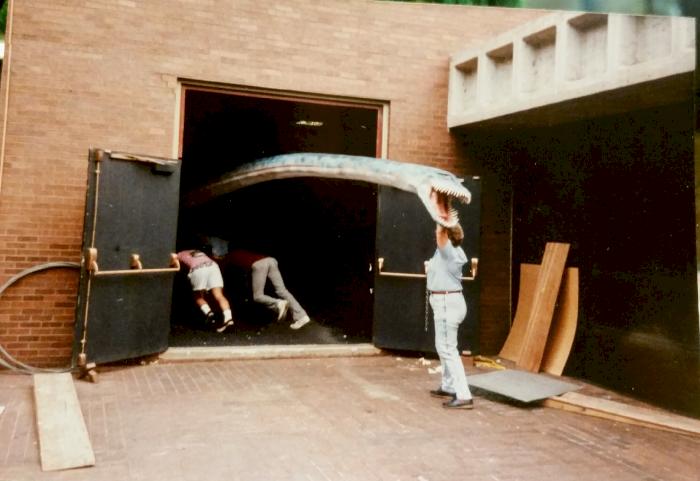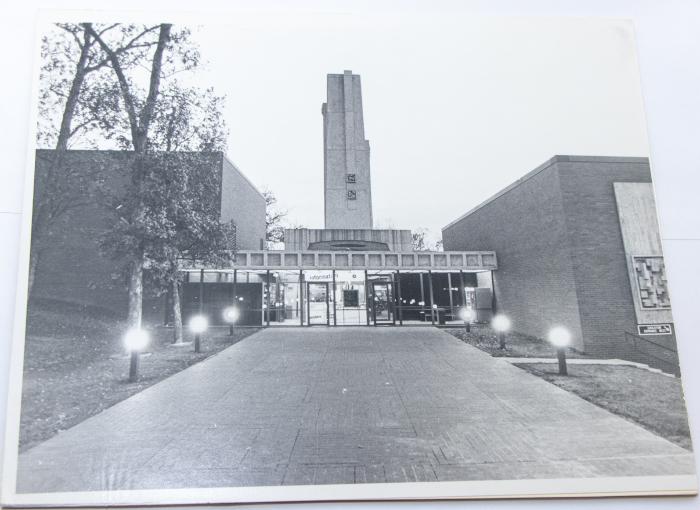#SCI50th: Memories of an exhibit builder
- Friday October 9 2020
- 50th Anniversary
#SCI50th: As we celebrate 50 years of inspiration and impact at the Science Center of Iowa, we are sharing stories and memories of how SCI was established, grew and continues to serve the next generation. View the timeline and stories at www.sciowa.org/50th
He wasn’t an engineer or an artist, yet Turner helped build some of the most iconic exhibits at the science center
In 1985, Jon Turner was working as a contractor when he got a job installing a new countertop in the breakroom at the Des Moines Center of Science and Industry.
That simple job set off a long career with SCI, during which time he created more than 200 exhibits for what became the Science Center of Iowa. Turner designed everything from Downhill Racers, an exhibit using weights and gravity, to a giant Ice Age exhibit that used semi-trucks full of styrofoam that he built and sculpted into the set.
He wasn’t an engineer or an artist, yet Turner helped build some of the most iconic exhibits at the science center, such as "Zog Bones and His Colossal Fossils" and the Challenger Learning Center.
Turner helped put together replicas of dinosaurs and sea creatures and, as is often the case with nonprofit museums, whatever was needed. The replicas often came in pieces, so he would help screw them together and apply paint touch-ups after they were rebuilt.
He also built smaller exhibits -- hundreds of them -- that allowed children to participate in hands-on learning.
In its early days, Turner said the science center was inspired by the Exploratorium in San Francisco, which was created by the Oppenheimer brothers. The brothers were famous for their work on the Manhattan Project.
"They started this museum for kids and people in San Francisco, and everything in the entire place was interactive. There was always something to push or pull," Turner said. "Their mantra was, 'Let's build this as cheaply and as efficiently as we can. We don't need a lot of floss or big signage; all that we want is for people to come in and understand the science.'"
Their approach resonated, so while Turner was working for the science center in Iowa, he started building those types of pieces, too. His goal was for there to be a station any child could walk up to and use, even if there were 100 other children in the building.
What’s more, he built TWO of almost everything he designed so he could replace the machine on the floor, should it break.
He remembers designing the stations while kneeling so he be "in the shoes" of the kids.
The science center offered more than that, too.
Turner said that, at one point, visitors could access the Challenger Learning Center, a laser show and a dinosaur show all with one ticket.
"It was amazing," Turner said of the old center that sat in Greenwood Park. "I mean like 200,000 people or something went to the place and on Saturday nights, and it would be all hands on deck. We would sell out of gift shop stuff and every show we had on."


